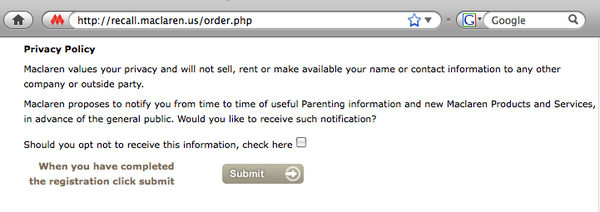Steve Rubel: Five Incredibly Useful Things You Can Do Without Ever Leaving Facebook. “I am discovering that it’s becoming a one-stop shop for many of my day-to-day activities,” he writes.
The post strikes me as a retrograde observation. Not because Steve Rubel is any kind of Luddite, but because the online industry has, for more than 20 years, been trying to create a one-size-fits-all website. It still is. Indeed, it seems every big site aims to recapture the glory days of America Online.
In the 1980s, Compuserve and Prodigy and the like created online dialup communities. The winner in this space, of course, was AOL, which dominated for years. It became a destination for users and businesses alike. Every company in America needed an AOL presence and someone who could code in Rainman.
As the web’s ubiquity overtook AOL, websites began cropping up that attempted to reinvent the paradigm by … emulating AOL. Yahoo and MSN (and many smaller peers) created integrated online presences where features and options abounded and stickiness became the prime measurement.
Then search came to prominence and splintered people’s site use. Google’s success as an ad platform allowed Google Labs to create dozens of experimental services, all of which served to make Google more of a catch-all, and more like … the old, closed-wall AOL, just with outbound links.
Which brings us to 2009, where Facebook has captured the exact same mindspace as, yep, AOL. What makes Facebook interesting these days? Basically the same things that made AOL a star a decade earlier.
- private messaging without an external email client: just like AOL!
- live chat: just like AOL!
- integrated games and shopping: just like AOL!
- every company feels a need to be there: just like AOL!
And here we are again, with consumers converging on a single site and companies clamoring to capture their attention.
AOL was eventually done in by a lack of openness and charging for options that were free elsewhere. So far, Facebook has avoided those mistakes. It will be interesting to see what social and economic forces drive its future–and whether it ultimately becomes something other than The Next AOL.
This is a cross-post from aiaio.
